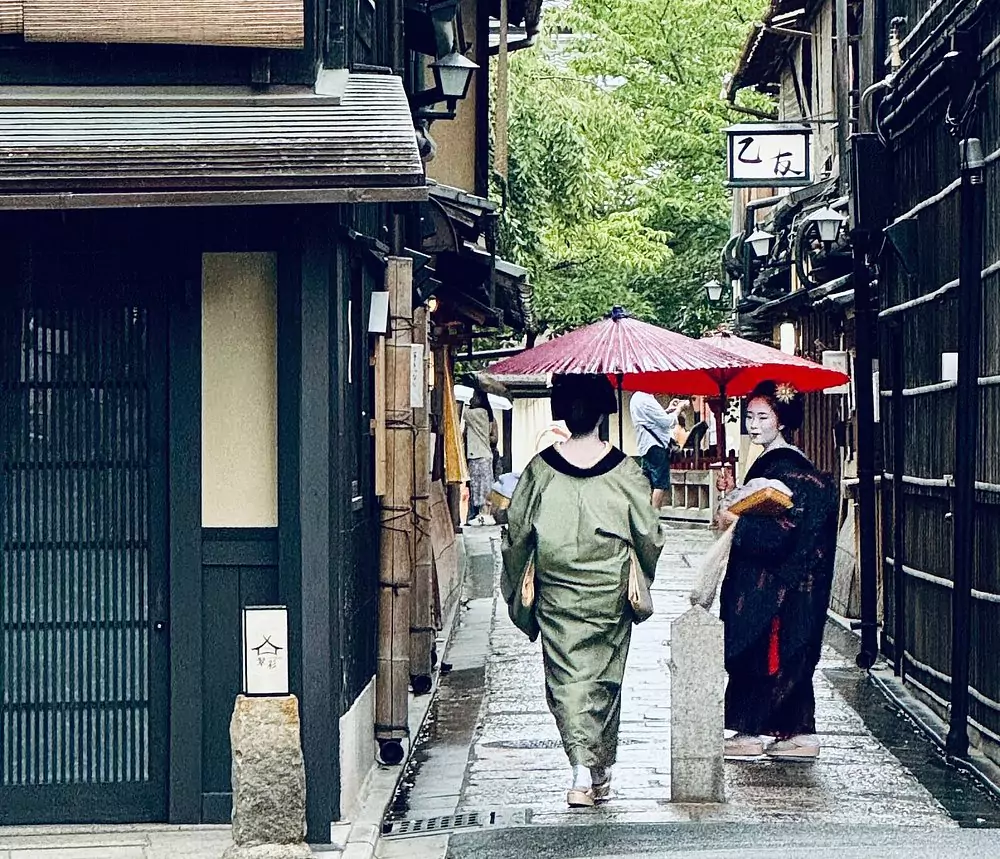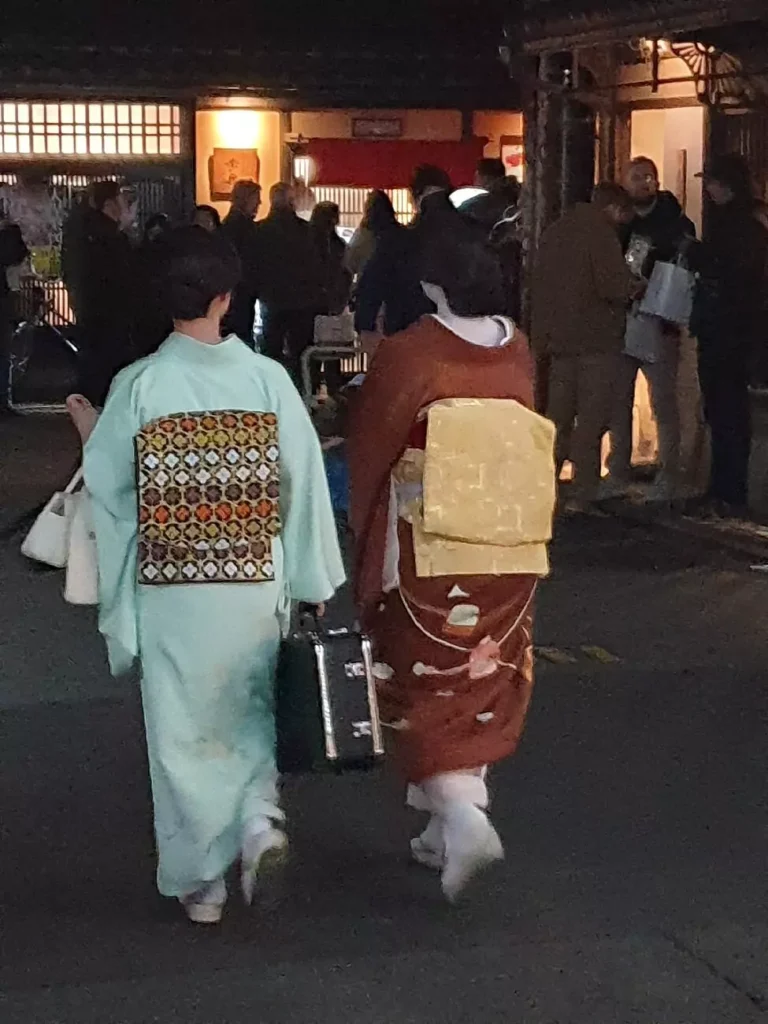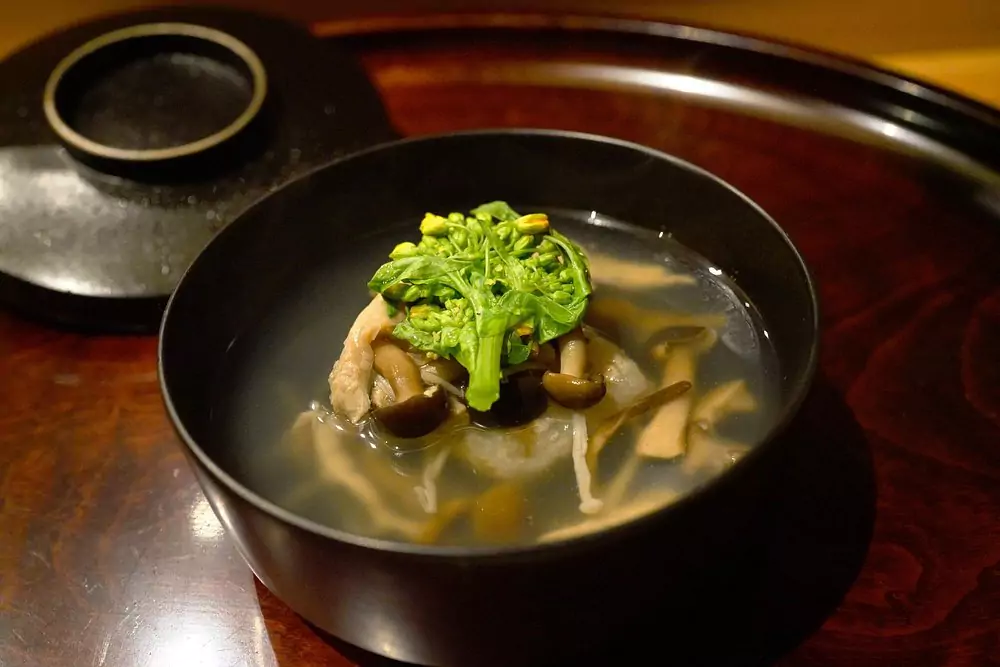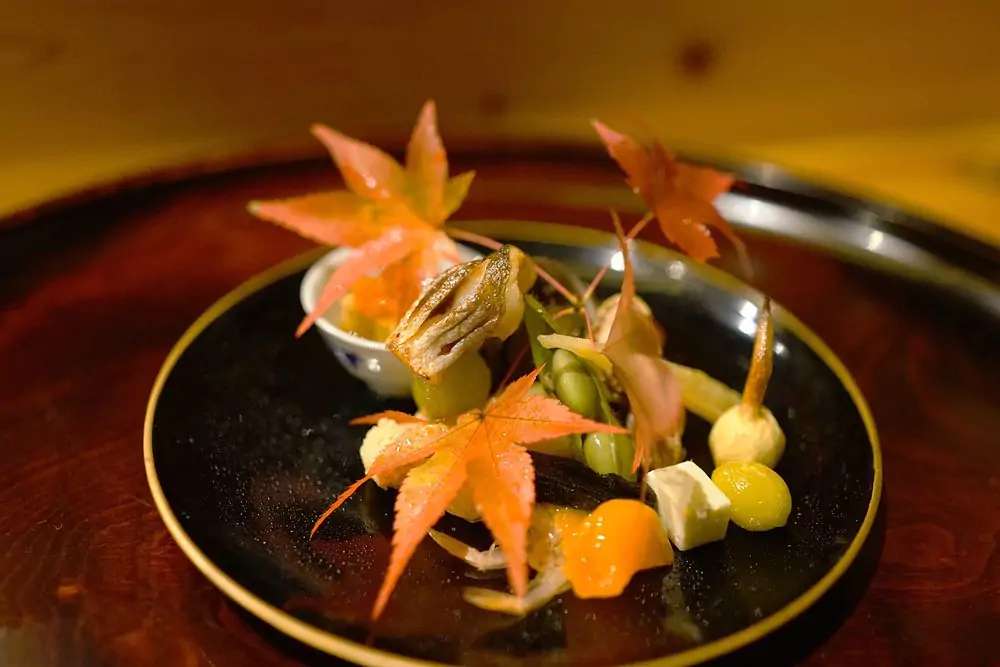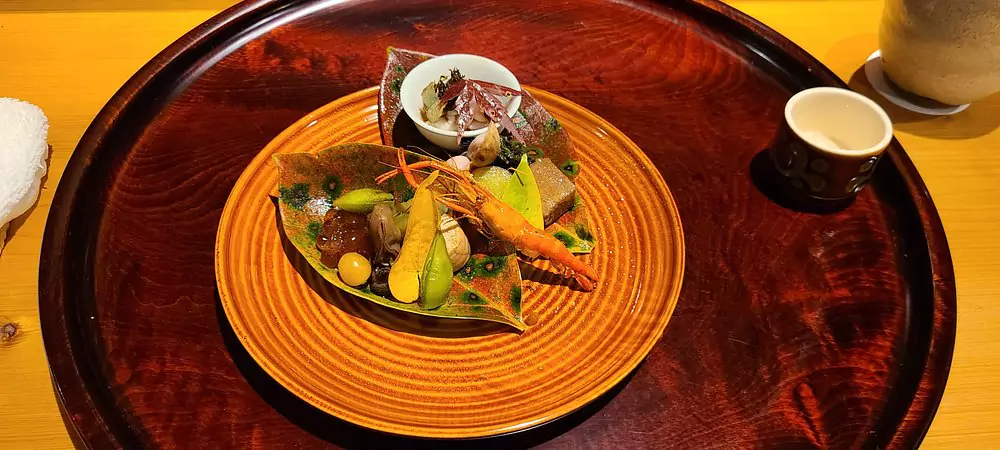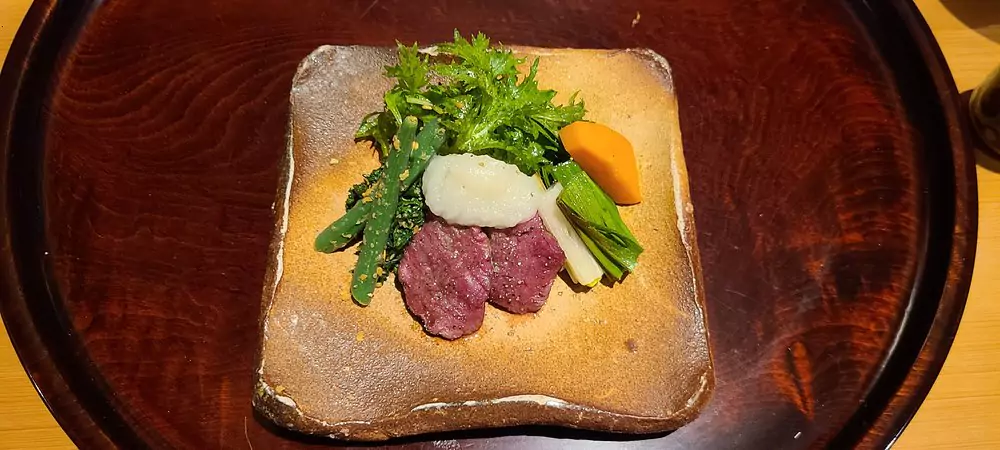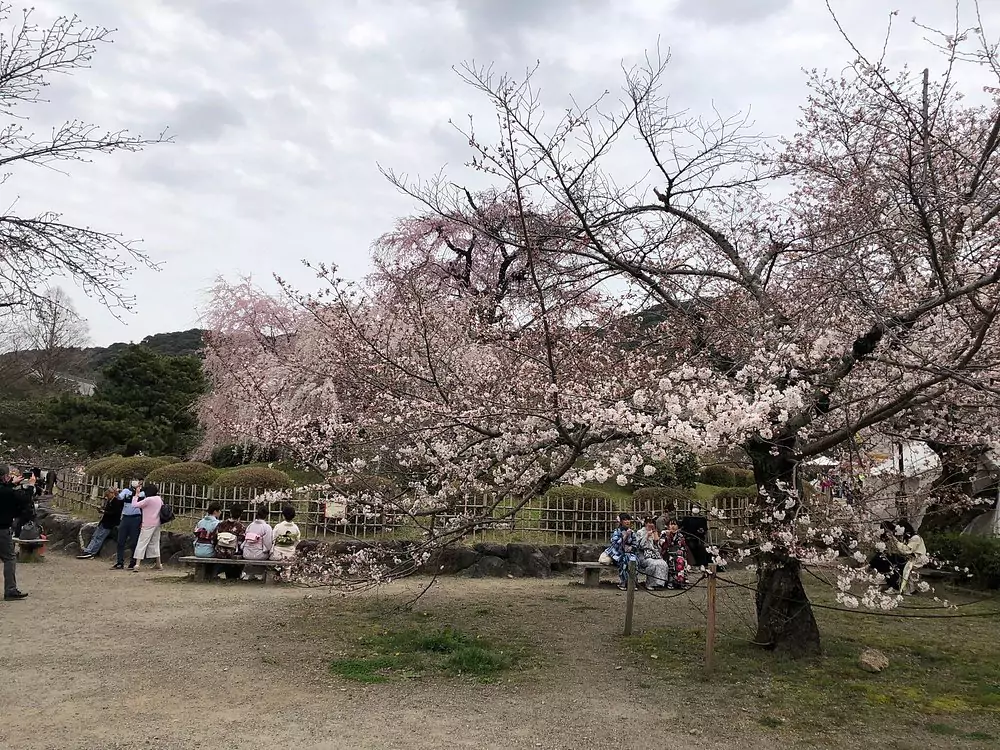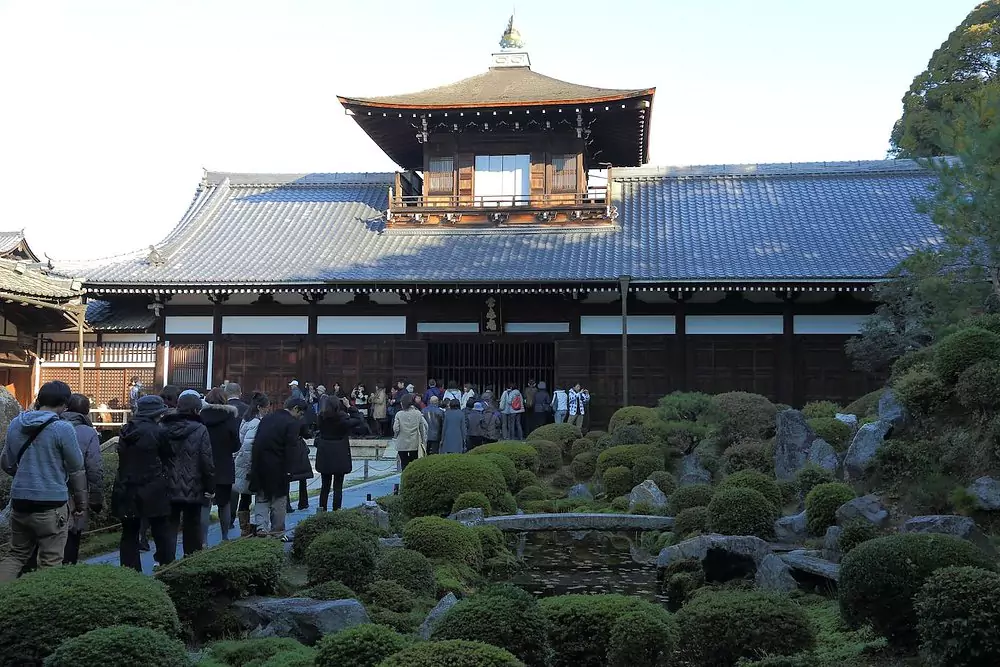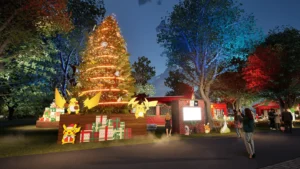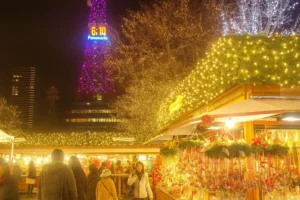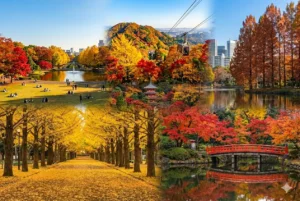Have you ever wondered how a city can carry the spirit of a whole nation through centuries of change?
Welcome to Kyoto (京都) – a city where the past and present meet in the most enchanting ways. From ancient shrines to trendy cafes, Kyoto isn’t just a place you visit—it’s a cultural journey you experience. Whether you’re a history lover, a foodie, or someone who simply enjoys quiet beauty, Kyoto has something magical to offer.
Let’s take a walk through this timeless city and uncover how it captures the evolving essence of Japanese culture.
Table of Contents
Overview: Kyoto at a Glance
Kyoto city, once the capital of Japan for over a thousand years, is often called the heart of Japanese tradition. Even as the modern world hums along, Kyoto remains rooted in its customs while embracing the present. With over 2,000 temples and shrines, beautiful gardens, tea ceremonies, and seasonal festivals, Kyoto city stands as a living museum of Japanese heritage. Yet, it isn’t frozen in time. The city continues to adapt, blending old and new in beautiful harmony.
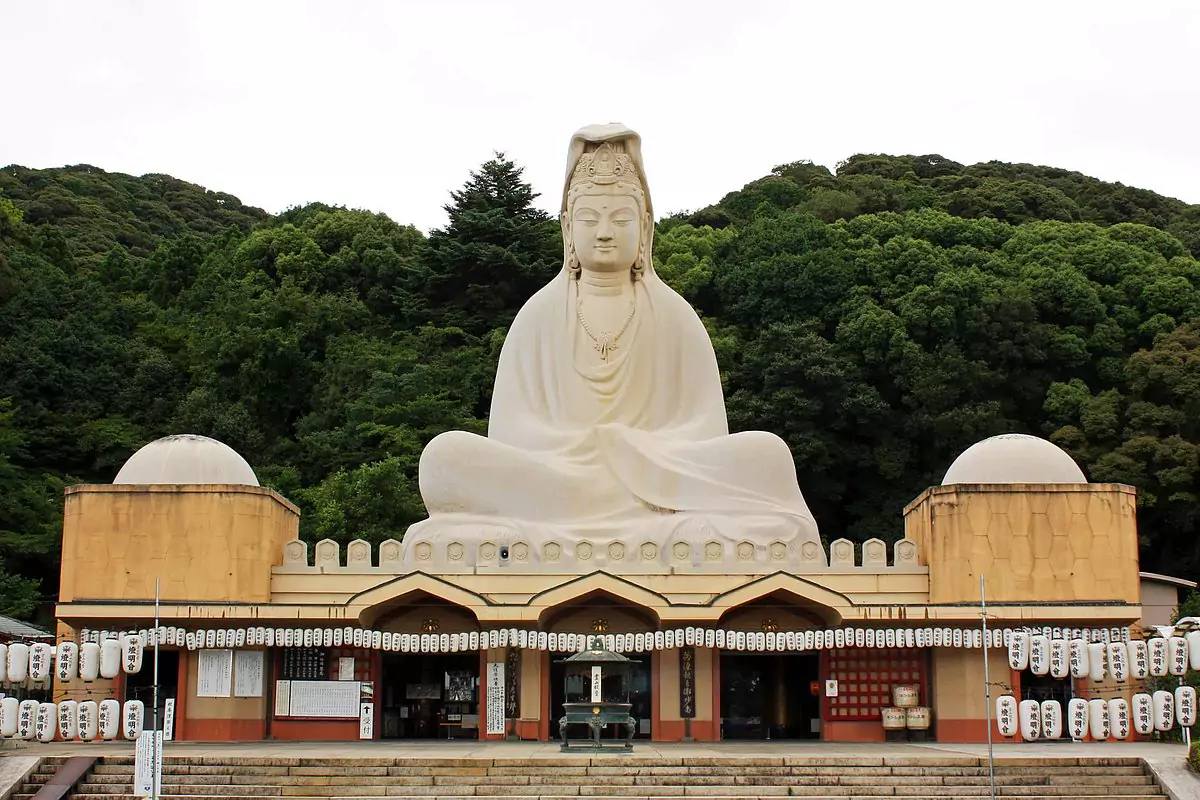
1. Ancient Foundations: Kyoto’s Historical Roots
Kyoto place was founded in 794 AD as the Heian capital and became the center of Japanese culture, religion, and politics for over 1,000 years. This is where the imperial court flourished, and where traditions like kimono weaving, noh theater, and calligraphy were refined. You can still feel this deep history when you walk through the alleys of Gion or stand before the golden Kinkaku-ji (Golden Pavilion).
Kyoto’s cultural depth makes it the perfect place to understand how Japanese values and lifestyle have been shaped over centuries.
2. Sacred Spaces: Temples and Shrines
Kyoto boasts many of Japan’s most revered spiritual landmarks. The Fushimi Inari Shrine, with its thousands of red torii gates, is a spiritual walk like no other. Kiyomizu-dera offers not only breathtaking views but also a sense of spiritual calm that many visitors cherish. These spaces are not just historical landmarks—they’re still used for prayers, weddings, and rituals today.
In Kyoto city, religion and culture are deeply connected, and this connection continues to evolve as more young people find new meaning in ancient practices.
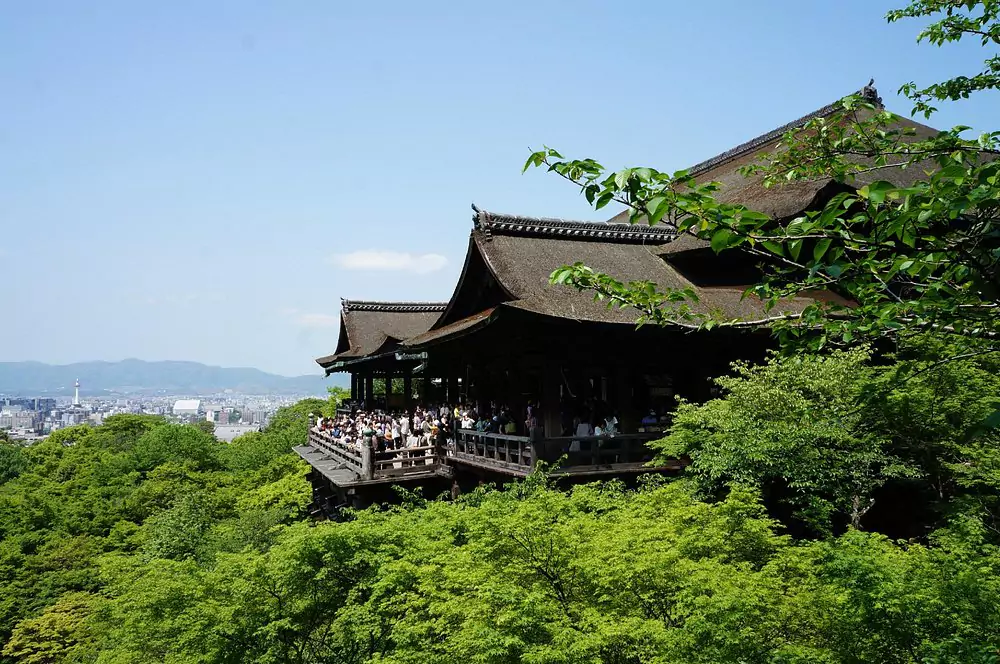
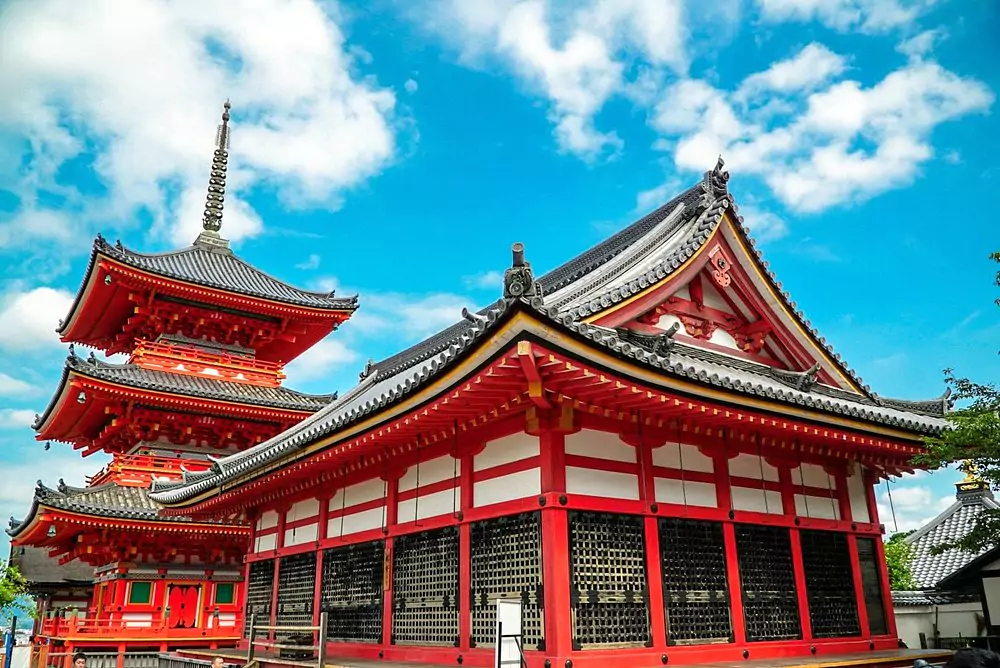


3. Culture in Motion: Festivals and Traditions
Kyoto’s festivals are a colorful display of Japan’s rich heritage. The Gion Matsuri in July, with its grand floats and vibrant parades, has been celebrated for over 1,000 years. But even these traditional events are changing. Younger generations are adding music, lights, and new performances, making the old feel fresh again.
Tea ceremonies, ikebana (flower arranging), and kimono dressing are no longer only for the elderly. Workshops now welcome curious travelers and locals alike, helping pass on these traditions in fun, interactive ways.
4. The Modern Touch: Kyoto Today
Walk around Kyotocity, and you’ll notice sleek architecture beside wooden townhouses. Cafes serve matcha lattes next to centuries-old tea houses. Artisan shops sell handmade pottery alongside modern fashion. Kyoto is a city of contrasts that work together.
Modern Kyoto respects its past while welcoming the future. University students in Kyoto are learning about traditional arts while designing apps to support tourism and heritage conservation. Innovation blends with preservation.
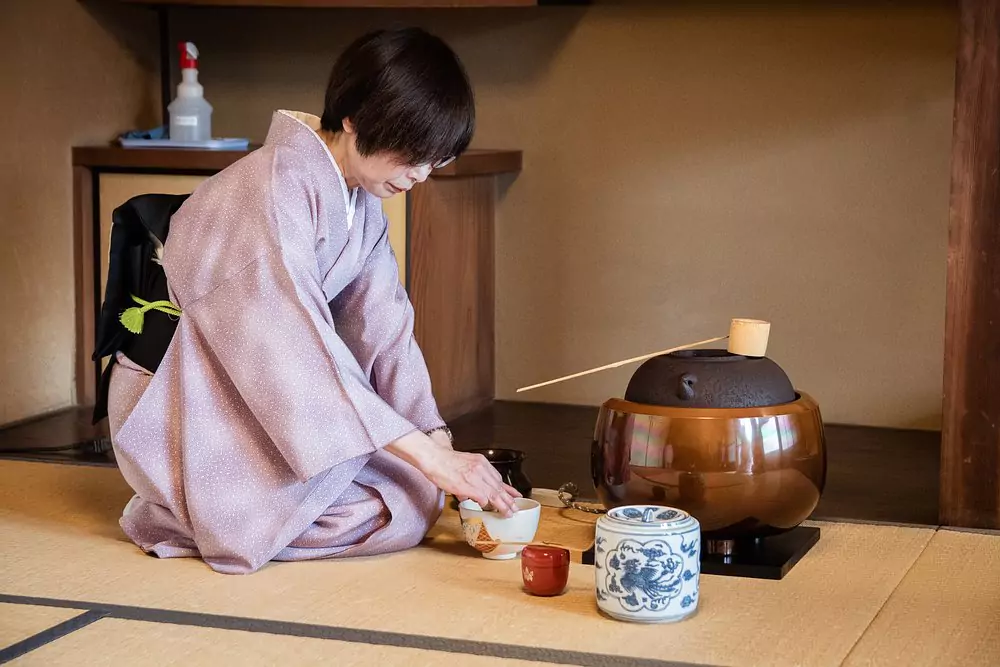

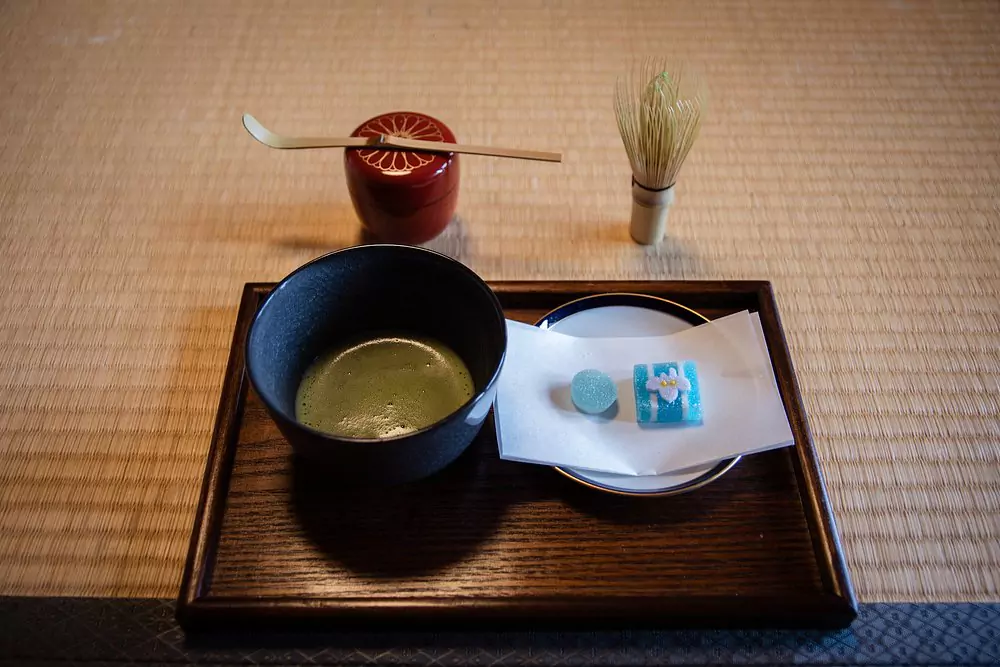
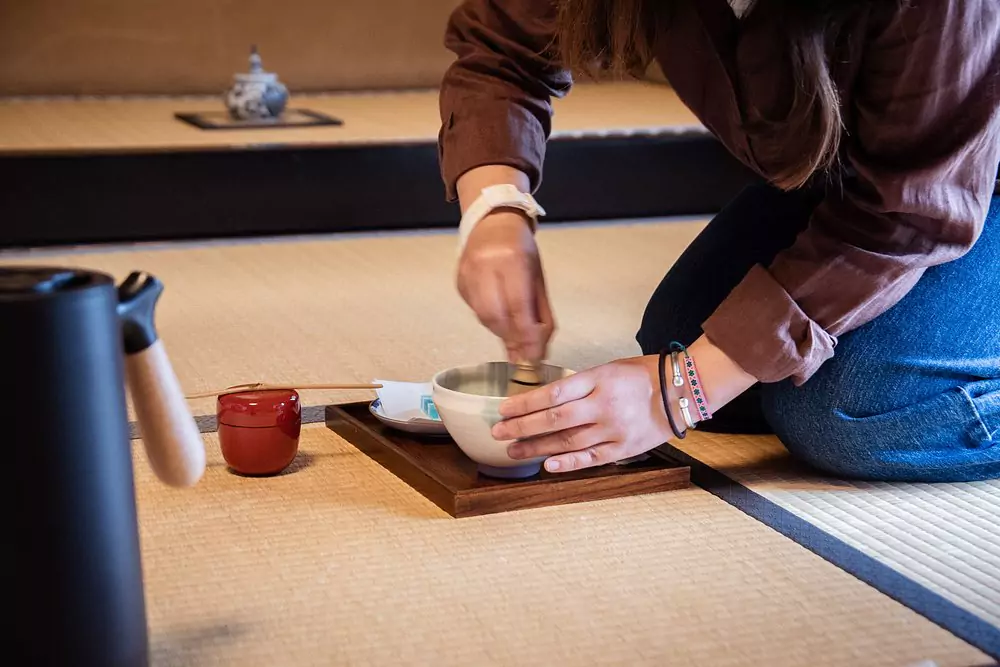
5. Cuisine as Culture: Taste of Kyoto
Kyoto´s cuisine, or Kyo-ryori, is delicate, seasonal, and full of meaning. Kaiseki dining showcases Japan’s deep sense of hospitality and refined artistic presentation. Even a humble treat like Yatsuhashi—a traditional Kyoto sweet—reflects the local heritage and centuries-old culinary practices..
You can find traditional meals served with care at ryotei (exclusive restaurants) or enjoy Kyoto-style ramen and vegan Buddhist cuisine at modern eateries. Kyoto’s food scene captures how deeply culture and cooking are tied together—and how that evolves with time.
6. Nature and Spiritual Connection
Japanese culture places a strong emphasis on nature, and Kyotos reflects this beautifully. Bamboo forests in Arashiyama, cherry blossoms in Maruyama Park, and autumn leaves at Tofuku-ji are not just scenic spots. They are places for reflection, photography, and celebration.
As environmental awareness grows, Kyoto’s gardens and natural sites are being cared for in new, sustainable ways. Eco-tourism is on the rise, showing how Kyoto’s culture of nature appreciation continues to adapt.
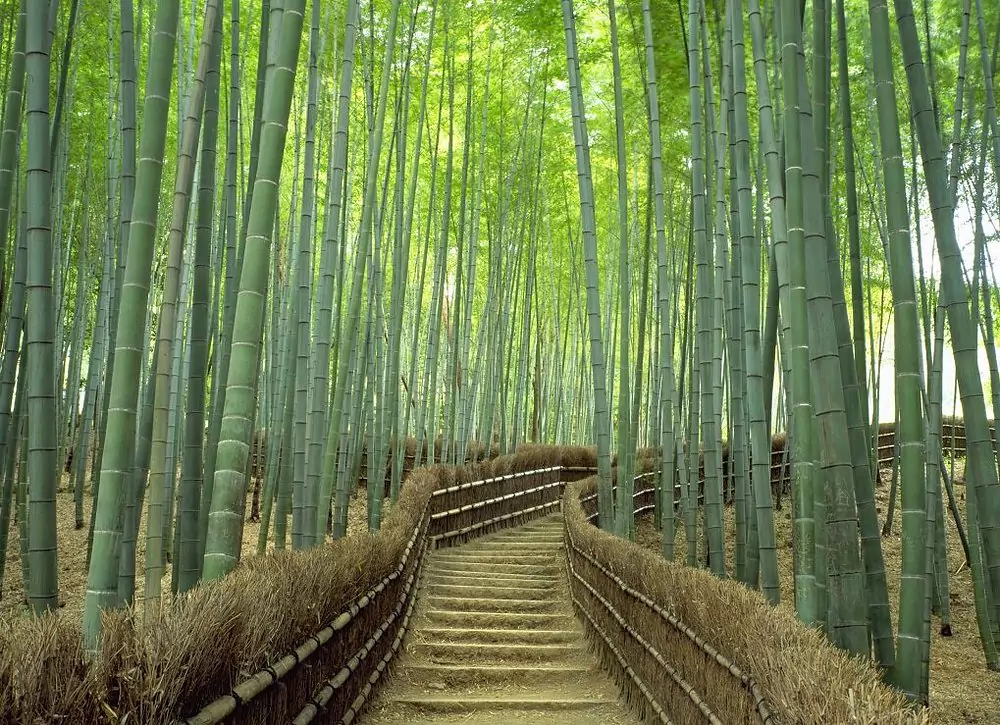
7. Art and Craftsmanship
Kyoto japanis a city of artisans. From Kyo-yaki pottery to Nishijin textiles, craftsmanship is a living part of the city. Many families have passed down their skills for generations. But now, young artists are reinterpreting these crafts for global markets.
You might find a centuries-old pottery studio selling mugs with anime characters, or kimono fabric being used in high-end fashion. This fusion keeps traditions alive and exciting.
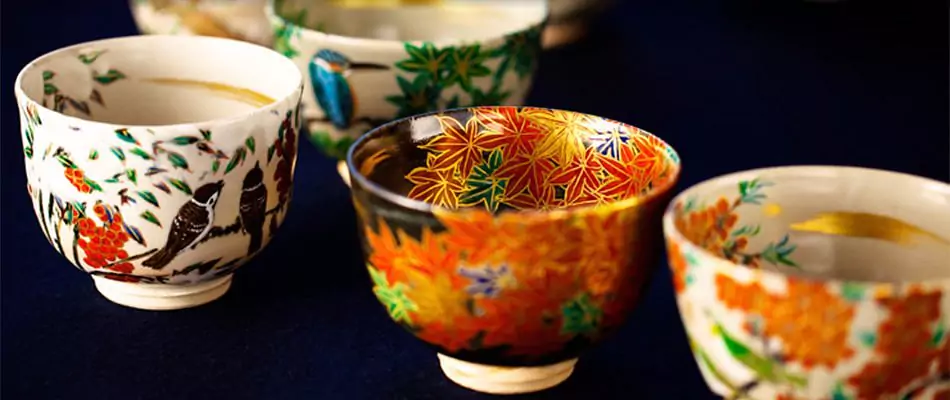
8. Education and Cultural Exchange
Kyoto is also a hub for cultural learning. From international students attending Kyoto University to travelers joining short-term cultural classes, the city welcomes people from around the world to learn and share.
This open exchange is helping Kyoto evolve. It’s not just about preserving the past, but about sharing it and growing with it.

9. Where is Kyoto?
Kyoto japan is located in the Kansai region of Japan, on the island of Honshu. It lies just a few hours west of Tokyo by bullet train and is nestled between mountains, giving it a calm and scenic atmosphere. Surrounded by nature and rich with history, Kyoto japan sits near other major cities like Osaka and Nara, making it a perfect base for travelers exploring western Japan. As the former imperial capital, Kyoto japan remains one of the most culturally important and beautiful cities in the country.
Accommodation in Kyoto
Kyoto offers a wide range of accommodation options to suit every traveler’s style and budget. You can stay in a traditional ryokan (Japanese inn) for an authentic experience with tatami mats, futons, and local meals, or choose a modern hotel with all the conveniences of city life. For those looking to save money, guesthouses, hostels, and capsule hotels are also available across the city. Many places are located near famous attractions like Gion, Arashiyama, and Kyoto Station, making it easy to explore. Whether you want luxury, tradition, or something simple, Kyoto has a cozy place waiting for you.
Getting to Kyoto
Getting to Kyoto japan is easy, thanks to Japan’s efficient transportation system. One of the quickest and most convenient ways to reach Kyoto is by taking the Shinkansen (bullet train), which connects you from Tokyo in just over two hours. If you’re flying into Japan, the nearest major airports are Kansai International Airport (KIX) in Osaka and Itami Airport (ITM), both offering direct access to Kyoto by train or airport bus. You can also reach Kyoto by highway buses or local trains from nearby cities like Osaka, Nara, and Kobe. Once you arrive, Kyoto’s well-connected bus and subway systems make it simple to explore the city.
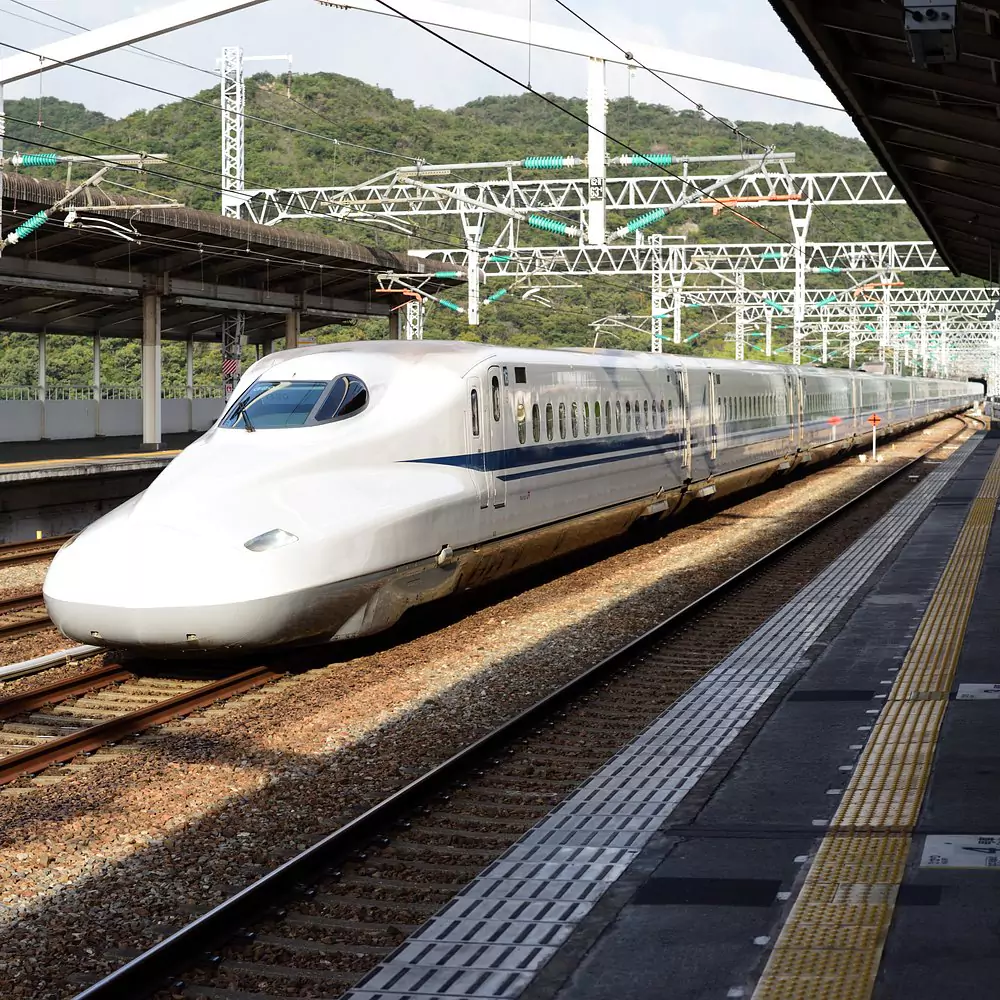
Where Should I Go From Here?
After exploring Kyoto, you have plenty of amazing places nearby to continue your journey. Just a short train ride away, you can visit Osaka, known for its street food, nightlife, and the famous Osaka Castle. For a more peaceful experience, head to Nara, home to friendly deer and Japan’s largest bronze Buddha. If you’re looking for coastal beauty, Kobe offers scenic views and delicious beef. Want to dive deeper into tradition? Travel north to Kanazawa, a city rich in samurai history and stunning gardens. Wherever you choose next, Kyoto is the perfect starting point for discovering more of Japan’s charm.
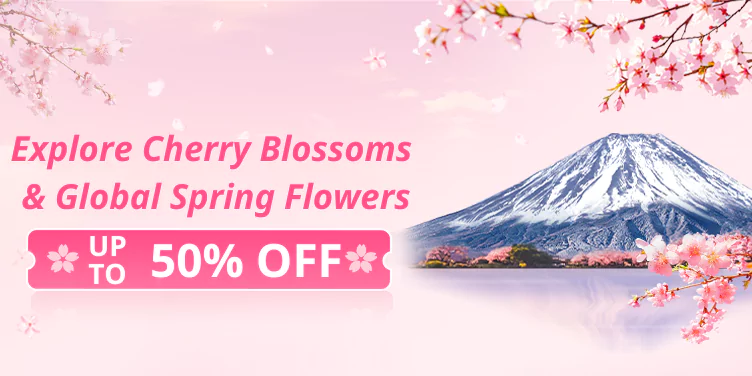
Conclusion: Kyoto – A Living Tradition
Kyoto japan is more than an ancient capital—it is a living, breathing symbol of Japanese culture. From its sacred temples to its evolving art and cuisine, Kyoto teaches us that tradition is not about staying the same. It’s about carrying the past into the present with grace.
If you want to truly experience the essence of Japanese culture, Kyoto is where you need to be. Not just to see history, but to feel how it continues to inspire life today.

FAQs
Q1: When is the best time to visit Kyoto?
Spring (March to April) for cherry blossoms and Autumn (October to November) for colorful leaves are the most popular times to visit.
Q2: What cultural activities can tourists try in Kyoto?
You can join tea ceremonies, learn calligraphy, try kimono dressing, participate in festivals, or visit artisan workshops.
Q3: Is Kyoto suitable for solo travelers?
Absolutely! Kyoto offers a secure and welcoming environment, making it ideal for solo travelers seeking quiet places to unwind and explore at their own pace.
Q4: How many days should I spend in Kyoto?
A 3 to 5-day trip allows you to explore major attractions and experience local culture at a relaxed pace.
Q5: Can I experience both traditional and modern Japan in Kyoto?
Yes! Kyoto blends old and new beautifully. You can visit ancient temples in the morning and enjoy a modern art gallery or cafe in the afternoon.

